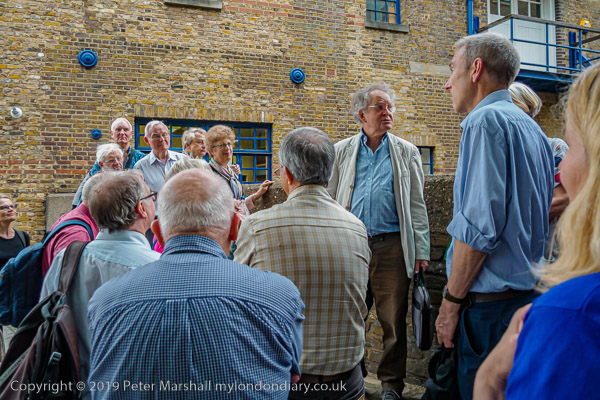
Last Wednesday evening I went on a short walk with members of GLIAS, the Greater London Industrial Archaeology Society, from City Hall to Rotherhithe, one of a number of events marking 50 years of the society.
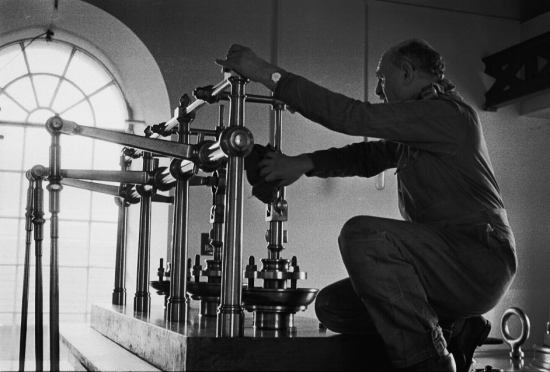
I’ve been a member of GLIAS for much of that time, first coming across it in 1977 when I visited Kew Bridge Engines, ostensibly for the benefit of my one-year-old son, and picking up a leaflet about it there. I’m not sure whether I joined it then, or after a second visit, when we took a party of slightly older boys on an outing for one of his birthdays.
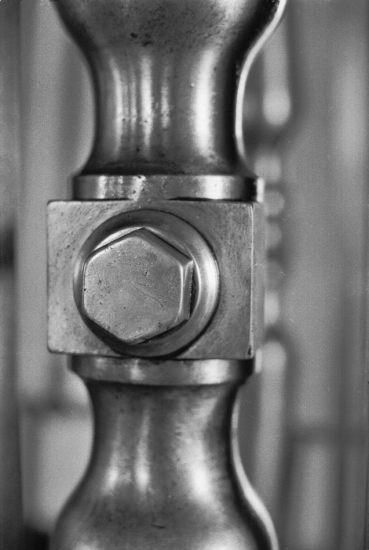
Later that same son wrote a web site for me 20 years ago as a birthday present, London’s Industrial Heritage, a rather more professional site than my own various offerings, on which the black and white pictures here can be found, along with a couple of hundred others, dating from 1973-1986. Its a nice design which creates the site from templates, a database file and of course the images using a batch file which runs a Perl script, but in some respects it is now a little dated. Back then, 550 pixels seemed a sensible size for web images.
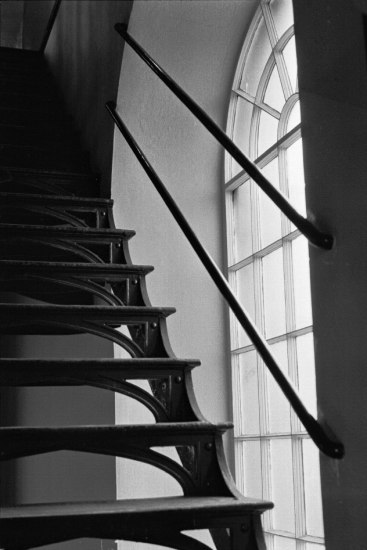
Although I have an interest in industrial archaelogy, I lack to engineering knowledge to be a true GLIAS member, and my one real attempt at site recording as a part of the organisation was frustrating. But then I’m not always very impressed by the standards of photography in many of their communications. ‘Record photography’ is sometimes used as a perjorative term, but the best record phography has a power and resonance that is undeniable, for example some of the work of Walker Evans.
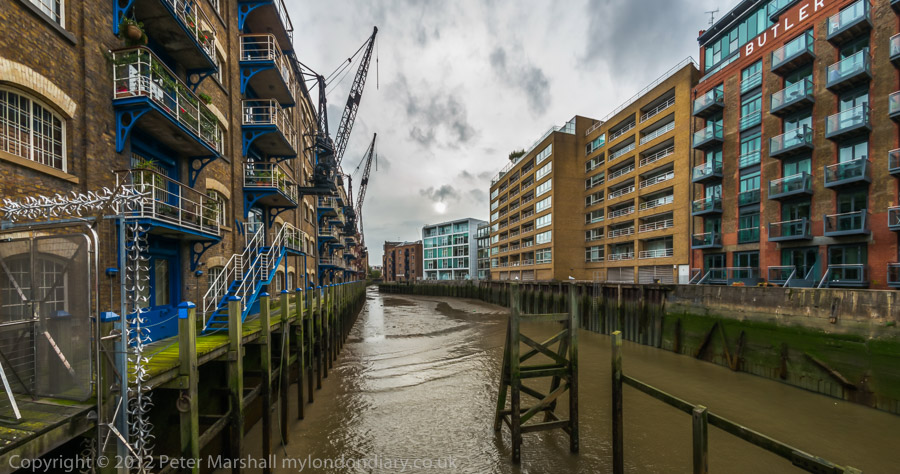
Our walk the other night was a reprise of one made earlier by two leading GLIAS member back in the 1970s and published in a GLIAS walk leaflet. One is now longer with us, but Professor David Perrett, now Chairman and Vice-President was there to lead us. These published walks, sent free to members also sold well for a few pence at a number of tourist sites in the area. They prompted me to produce a similar leaflet, partly as an example for a desk-top publishing course I was then teaching, on West Bermondsey
in 1992, in part based on a walk led by Tim Smith for the GLIAS Recording Group :
“a downloadable illustrated leaflet for a walk that concentrates on the industrial archaeology of the former leather area of Bermondsey in South East London. I wrote this in 1992 largely to show how simple, cheap and easy it was to produce such things with Pagemaker and a laser printer. I sold around five hundred copies over the next five years, gave some to the church in Bermondsey St to sell, and gave away many more, before deciding to put it on the web rather than bother to print any more. Although the area has changed considerably, it it still an interesting walk to follow. “
The area has changed even more since I wrote this, but you can still download and follow the walk and find much of what was there in 1992.
West Bermondsey walk leaflet (PDF)
There are no adverts on this site and it receives no sponsorship, and I like to keep it that way. But it does take a considerable amount of my time and thought, and if you enjoy reading it, please share on social media.
And small donations via Paypal – perhaps the cost of a beer – would be appreciated.
All photographs on this and my other sites, unless otherwise stated, are taken by and copyright of Peter Marshall, and are available for reproduction or can be bought as prints.
To order prints or reproduce images